Test Drive of Porsche 911 Carrera S (992) with PASM Sports Chassis, Rear Axle Steering, and PDCC: How Do the Options Make a Difference?
公開日:2023.11.19
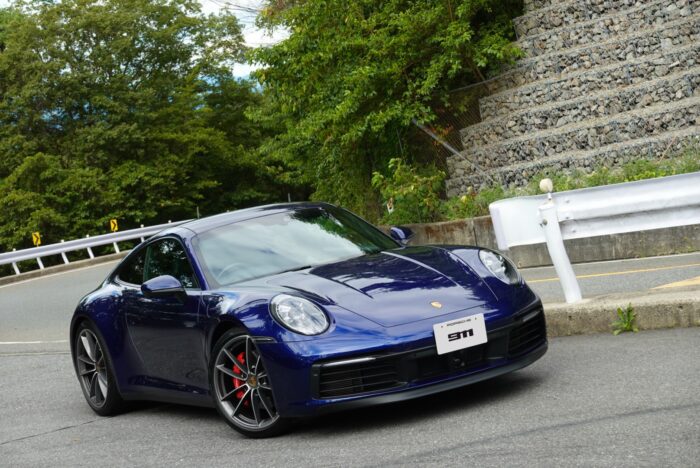
コンテンツ
Fully Loaded 992 Carrera S
My younger brother bought another car.
He’s the complete opposite of me—he’s a Ferrari fan, loves the G-Class, Lamborghini, Okinawa, Richard Mille watches, and Hublot—basically the textbook “successful guy” in every way (laughs).
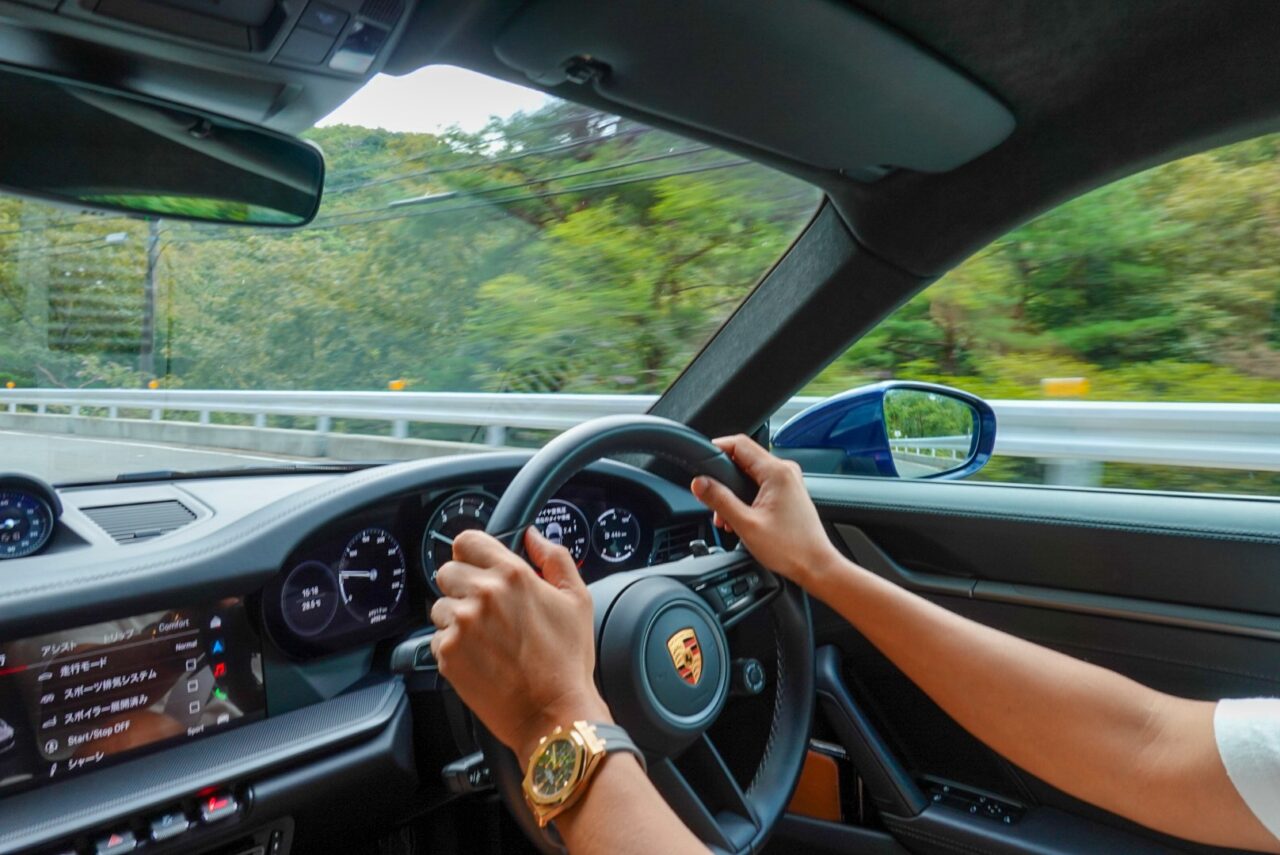
So naturally, he’s not a fan of understated cars like Porsche that focus purely on driving, and he often complains about Porsche’s minimal features and plain interiors.
But this time, he surprisingly bought a Porsche after a long time.
This particular 992 Carrera S was used as a demo car at a certain dealer, and it has over 5 million yen worth of options.
The body color is Gentian Blue, paired with popular classic wheels, leather package interior with ventilated Sport Plus seats, and nearly every driving-related option fully equipped: Sports Chrono Package, sports exhaust, PASM sports suspension (PASM Sports Chassis), rear axle steering, and PDCC—making it an ultra-luxurious Carrera S.
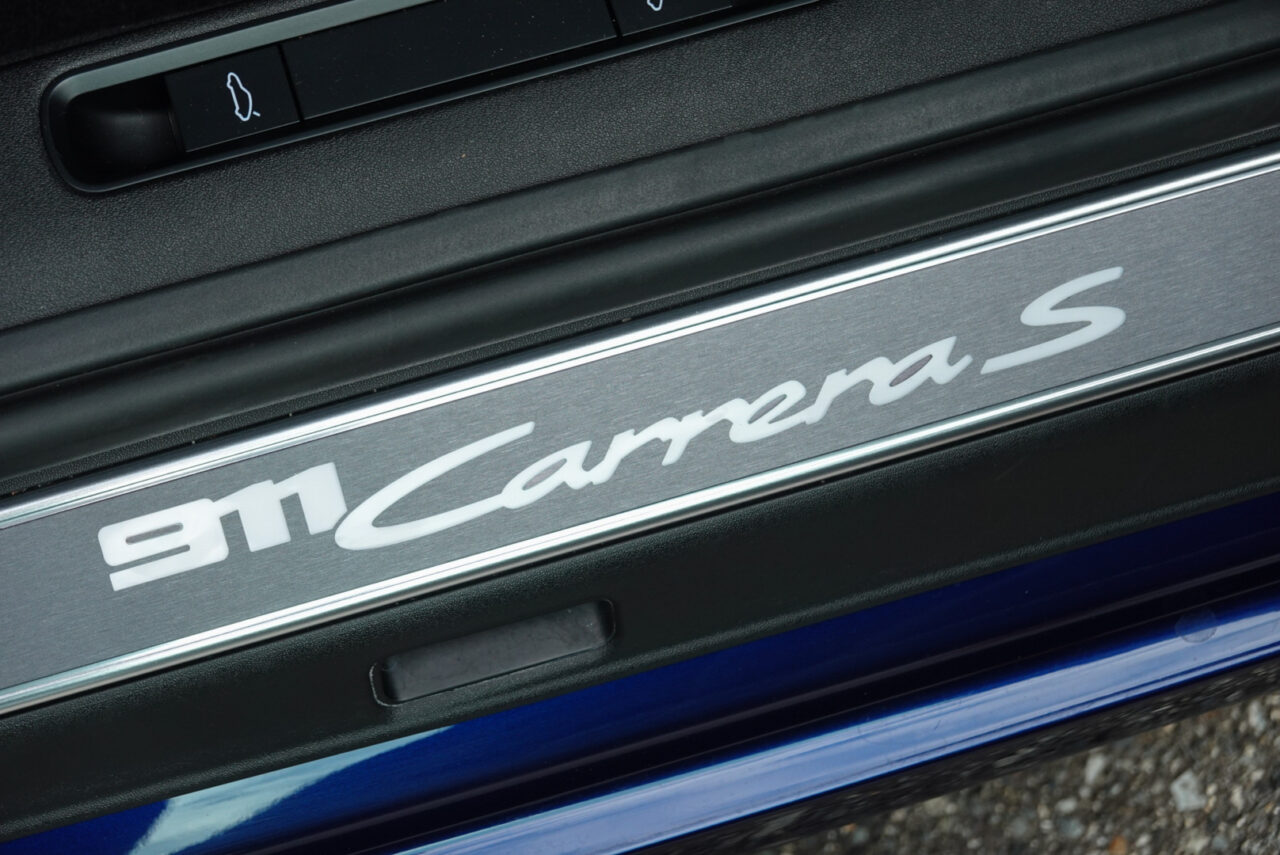
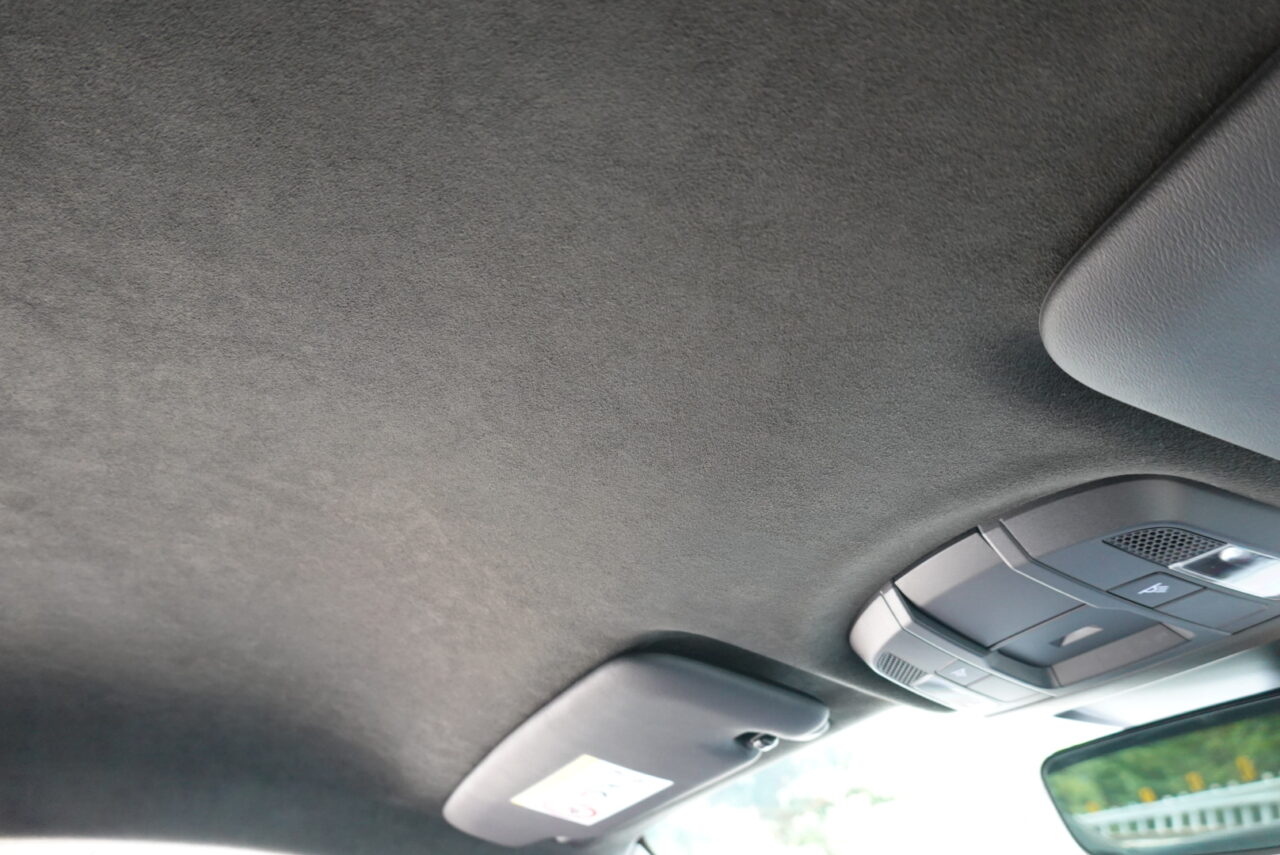
Optional Race-Tex roof lining.
My brother insists this option is a must-have. “It’s a 20 million yen car—how can the interior be meaningful without this?” he says. I don’t quite get why it’s indispensable though (laughs).
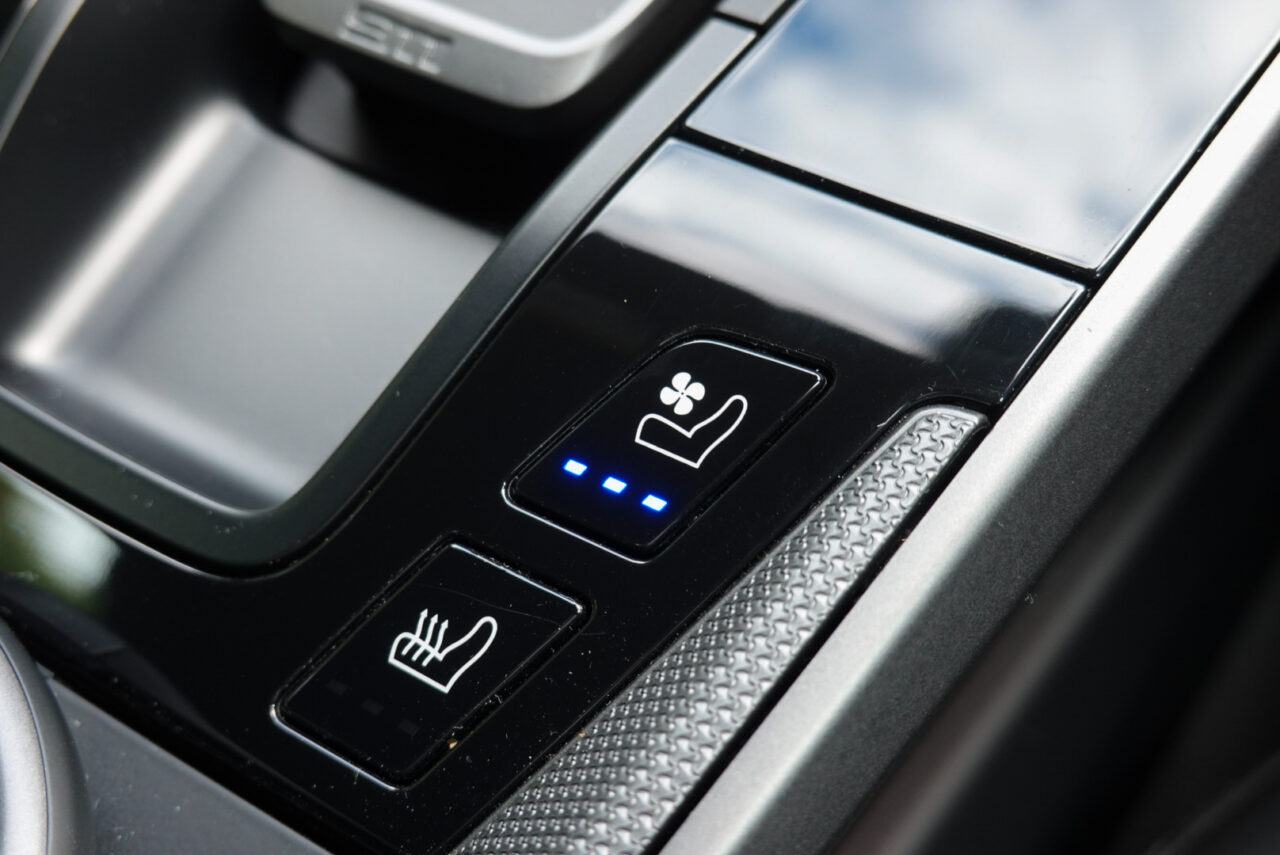
Seats with ventilation
I’ve test-driven the Carrera S several times before, but never a model so packed with options.
This time, I want to review mainly from the perspective of how the 992’s options affect driving performance, comparing it with our family’s Carrera T and Carrera Cabriolet.
About PASM Sports
First, let’s talk about the ride quality of the PASM Sports.
The PASM Sports lowers the ride height by 10mm and features a firmer, sportier damping setting. It’s usually available on Carrera S and above, but as an exception, it’s standard on the Carrera T.
I’m used to the PASM Sports chassis on the Carrera T, but it feels a bit different when equipped on the Carrera S.
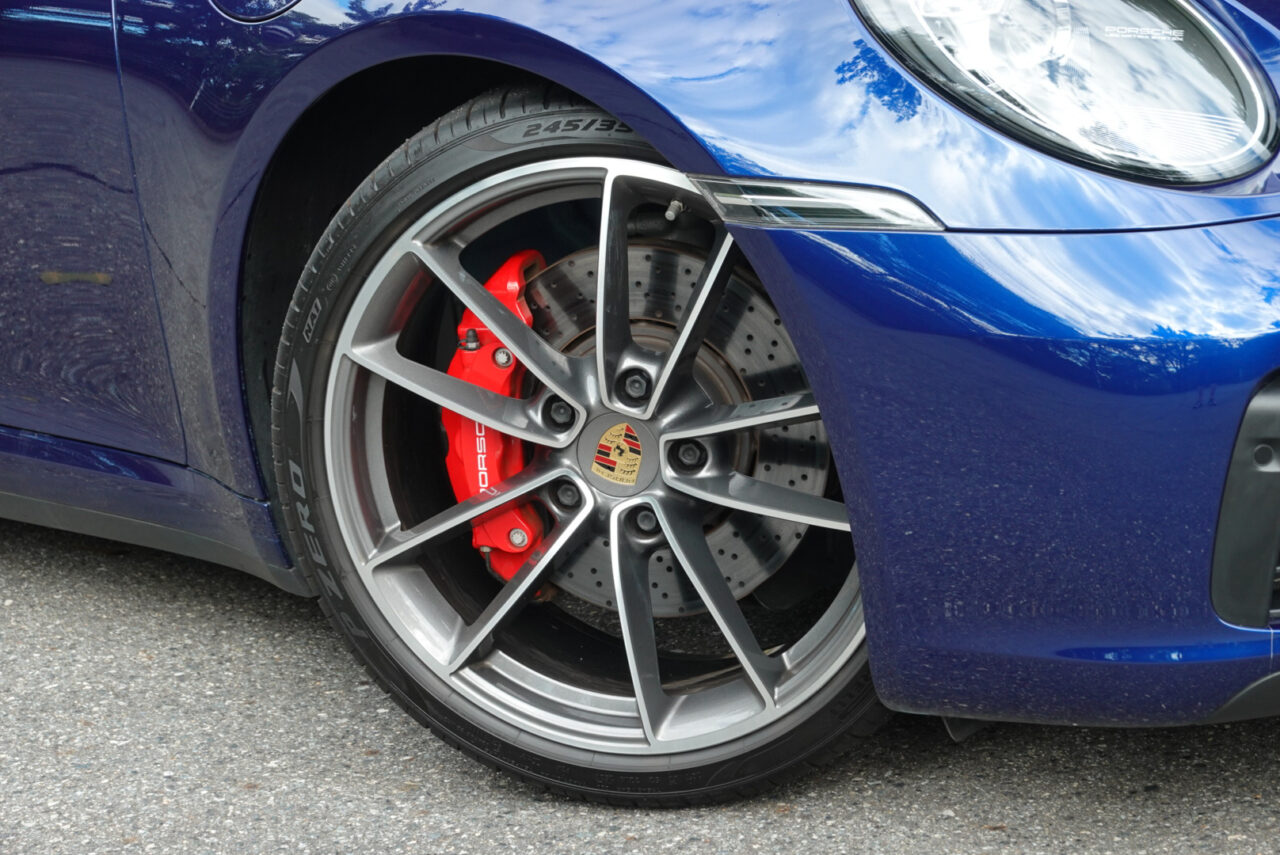
For me, two fingers fit in the gap between tire and fender on PASM Sports, three fingers fit on regular PASM
The Carrera T feels very light up front due to its lithium-ion battery and has very low friction in the electric steering, giving it a very nimble feel. The Carrera S doesn’t feel quite as light and nimble, and it’s also different from the Carrera GTS sports chassis, which feels even firmer.
It was a new discovery that the same PASM Sports can feel so different depending on the grade.
Compared to our family’s Carrera Cabriolet with regular PASM, the PASM Sports is sharper and gives a stronger sense of tire contact. In terms of ride comfort, if you run the tires at standard pressure, it can feel a bit choppy, but setting the tires to comfort pressure makes it much better. On smooth roads, it’s comfortable enough.
That said, it’s undeniably firmer than regular PASM. So on rough roads, you feel more jolts, and it only reaches a comfortable zone at quite high speeds.
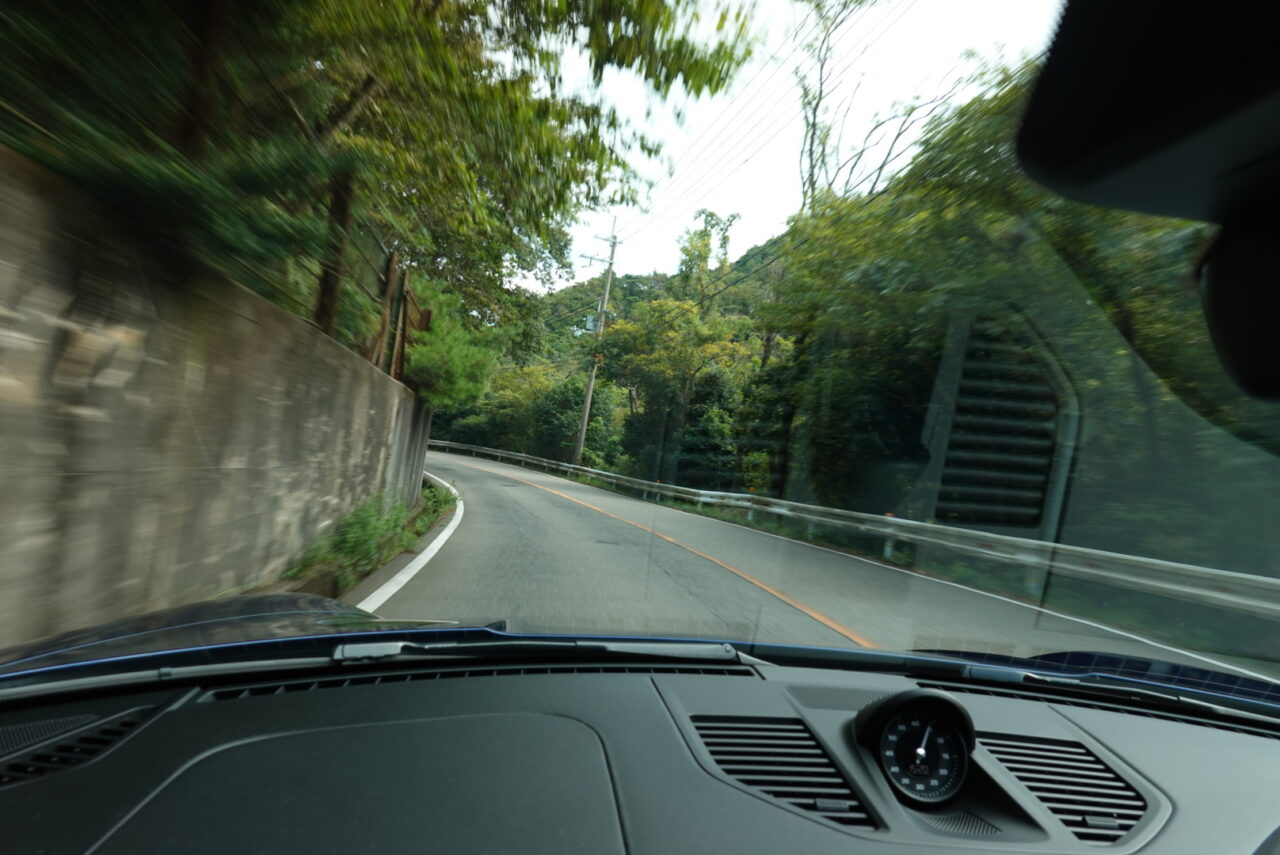
However, when it comes to responsiveness and agility on winding roads, the PASM Sports chassis wins hands down. The standard 992 PASM is already a suspension that turns exceptionally well, but this goes even further.
If you choose the PASM Sports chassis, it’s really for those who want the pure joy of driving and top performance on twisty roads. If you pick it just for the 10mm lower stance to look cool while using it mainly as a date car, you’ll probably regret it once you compare it to regular PASM.
Rear Axle Steering
This option doesn’t show any visual cues, so only true Porsche driving enthusiasts tend to add it. Also, since it’s invisible, it doesn’t add much to resale value.
Personally, I think it’s worth paying about 500,000 yen more for a used car with rear axle steering.
The 911 is a sports car with a short wheelbase and excellent cornering, but being rear-engine, some drivers unfamiliar with it might find its handling unusual. My brother, for example, isn’t very used to rear-engine cars, so even with the 992, he often notices the difference in how it turns.
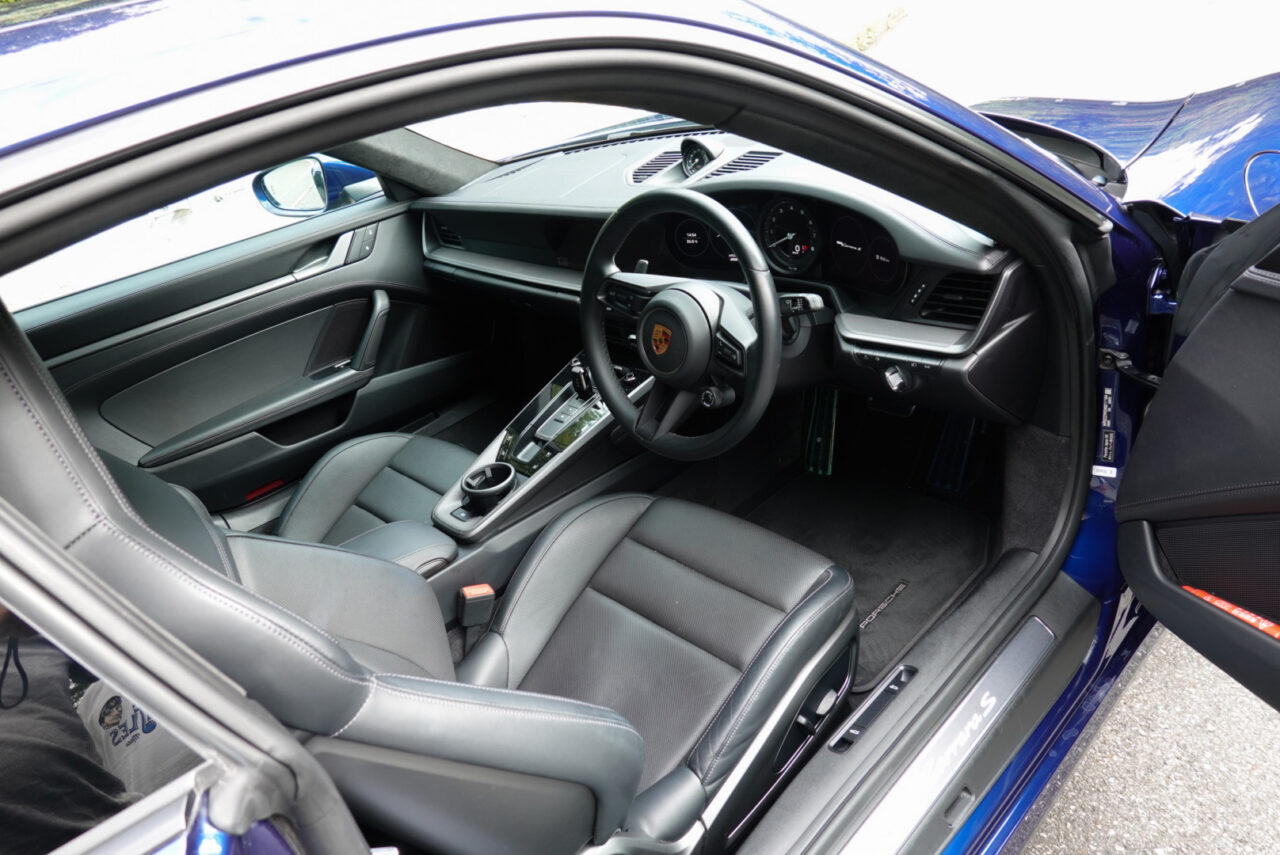
Leather interior package with 4-way Sport Seats Plus
The 911’s unique turning style centers the rotation axis toward the rear, which is very clear compared to mid-engine cars like the 718.
When rear axle steering is added, the rotation axis feels like it shifts forward. Without it, like in our Carrera Cabriolet, the rear is the pivot and the front moves a lot (still very enjoyable to drive), but in this Carrera S and Carrera T, the turning feels more like a mid-engine car.
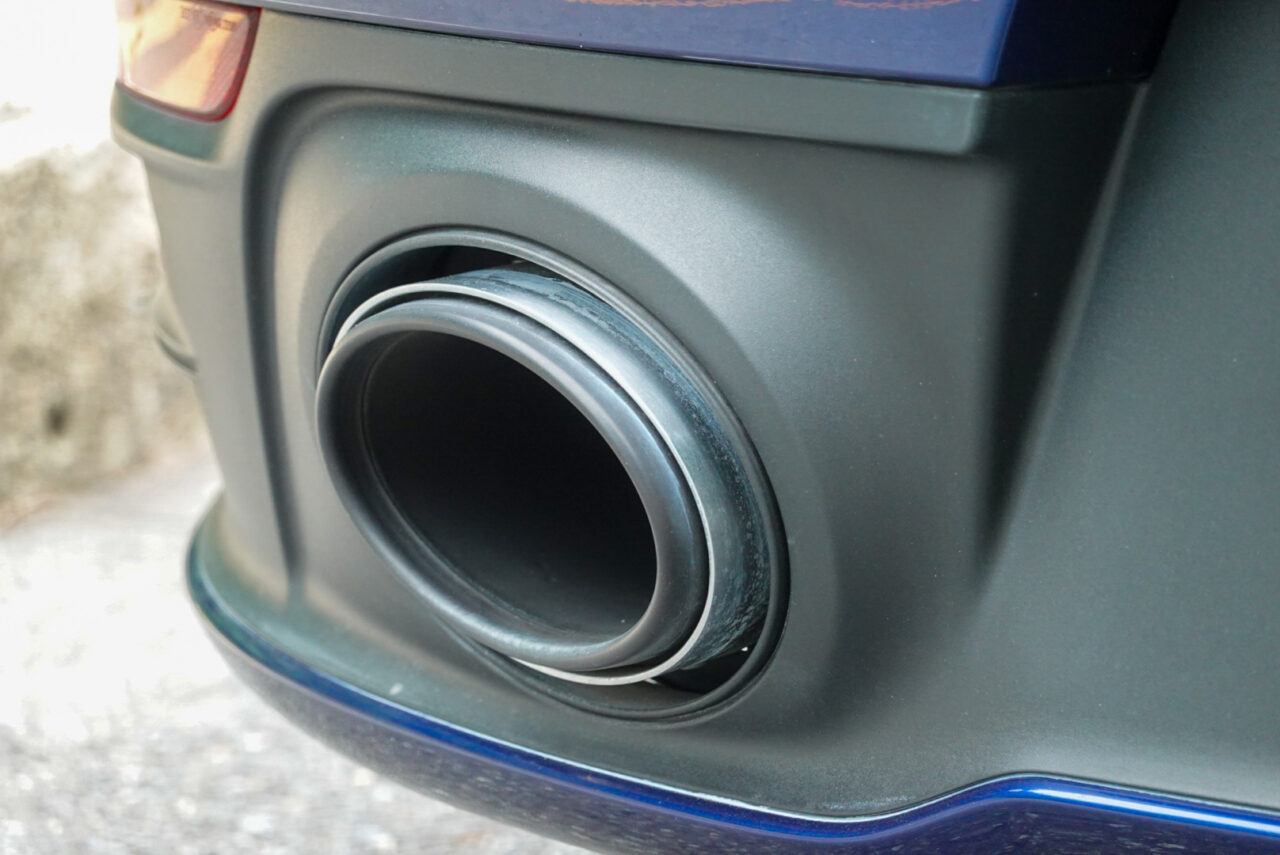
Sports exhaust
It’s not quite like the 718, but you can think of it as a driving feel somewhere between the 911 and 718.
More than the difference in movement, the biggest change is the responsiveness in tight corners. In low-speed corners like hairpins, the car feels like it’s turning effortlessly without strain. It smoothly traces a clean arc.
Of course, it also makes parking maneuvers and U-turns easier, but this option is especially recommended for those who want enhanced performance and even more enjoyable steering feel.
PDCC
Lastly, about PDCC—honestly, I didn’t notice much difference in this Carrera S.
Sometimes it felt more comfortable with PDCC ON (which sets the suspension to sport mode), sometimes not, depending on the road surface.
I think this is largely because this Carrera S was equipped with the PASM Sports chassis. With its already low ride height and firm suspension, body roll is minimal, so the roll control effect of PDCC was hard to detect.
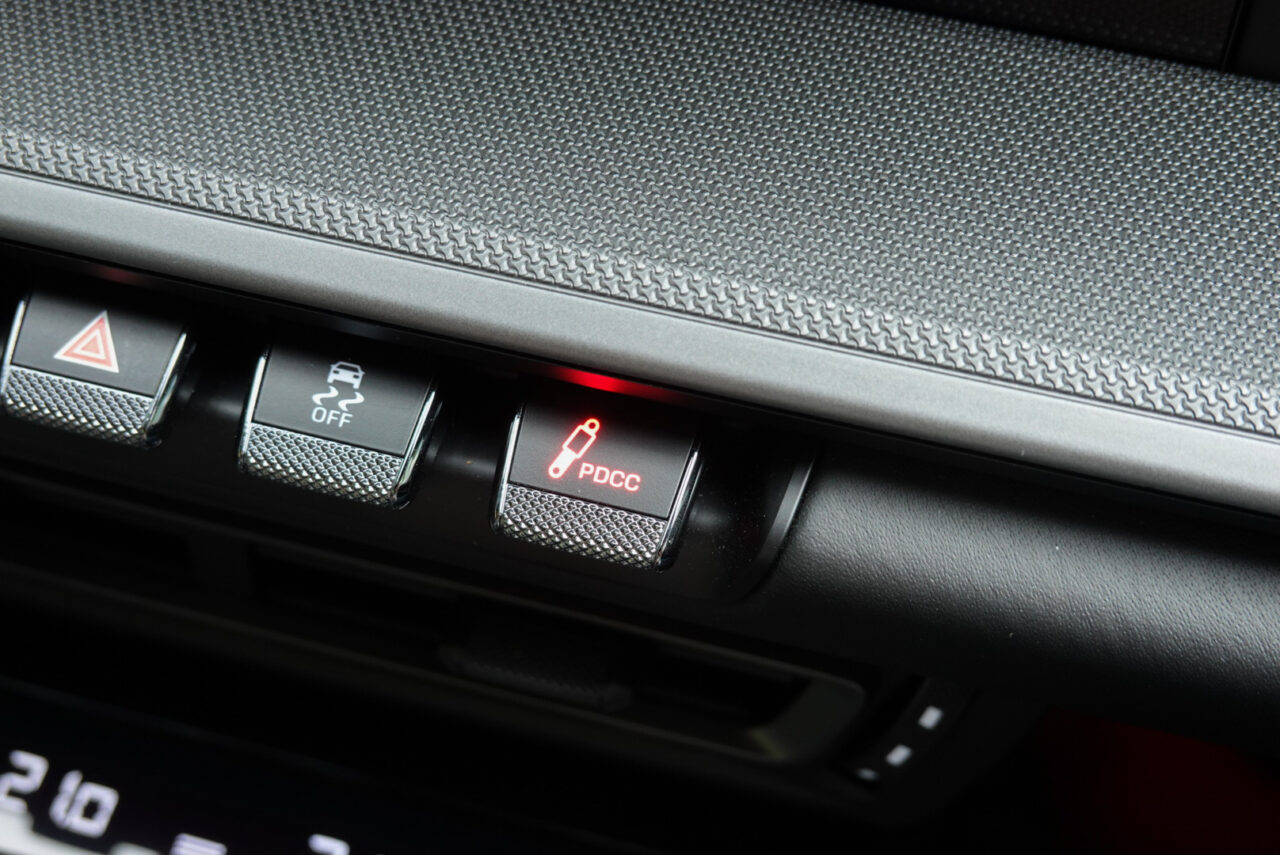
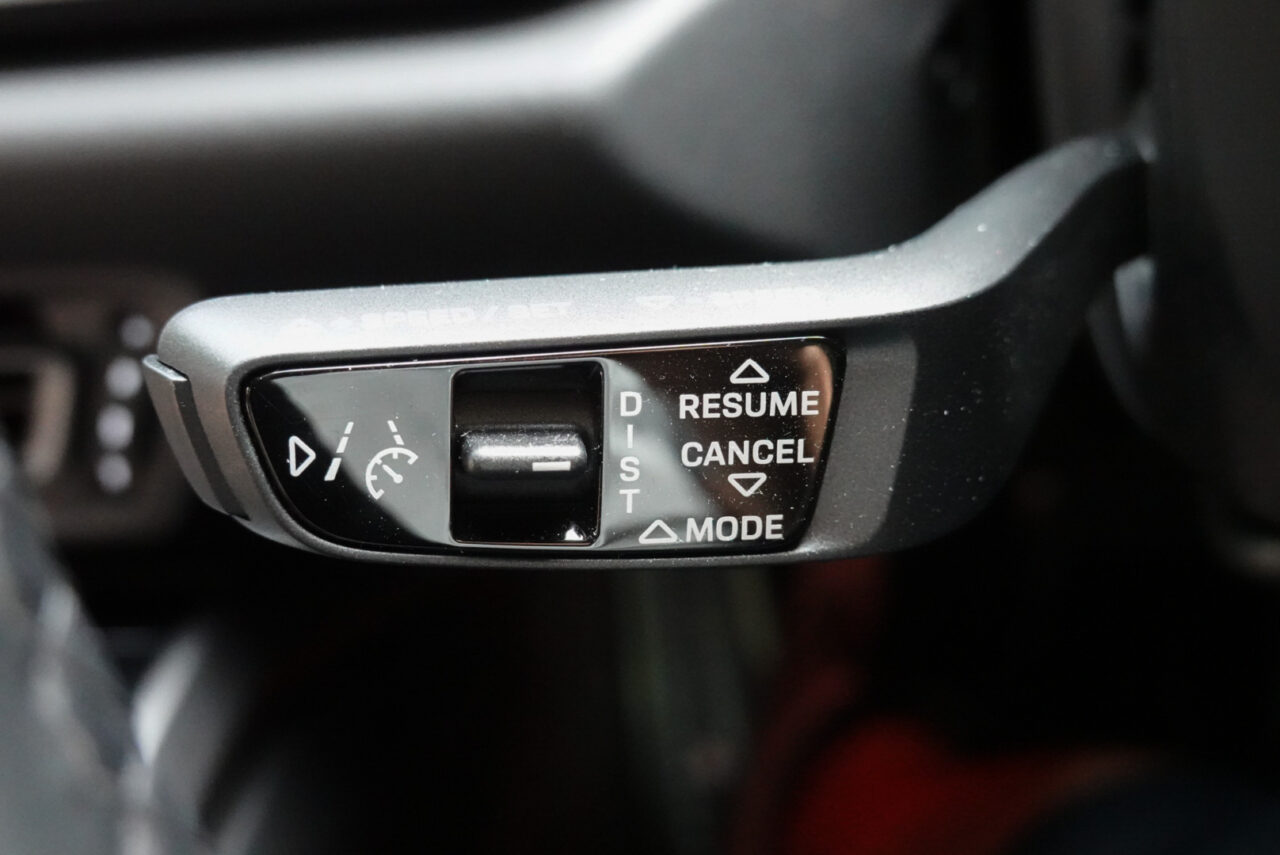
Compared to our Carrera Cabriolet with just regular PASM, it’s clear there’s less roll, but it’s hard to tell if that’s due to PDCC or the PASM Sports chassis.
Even compared to the Carrera T with only PASM Sports chassis, there’s not much difference in roll or cornering. At best, the Carrera S feels like it has slightly less roll with PDCC ON.
I’ve driven other Porsches with PDCC—911, Cayenne, Taycan, Panamera—and the clearest effect is on the Cayenne, thanks to its higher ride height making roll control more noticeable. Next are the Panamera and Taycan, which also show clear benefits. The Taycan, being an EV with an ultra-low center of gravity, has less sway to begin with, but PDCC still improves the flatness of the ride.
From this experience, I think PDCC’s effect is easier to notice on cars with higher ride height. So for the 911, combining regular PASM with PDCC might make the effect more obvious.
991 Options Are Porsche’s Seasonings
This review focused on how the options available on the 992 Carrera S enhance driving performance. PASM Sports Chassis, rear axle steering, and PDCC all refine the car’s behavior and elevate the joy of driving.
PASM Sports Chassis sharpens driving characteristics, rear axle steering dramatically improves handling precision, and PDCC boosts performance while subtly adjusting ride comfort to keep long drives pleasant. These options don’t just chase performance—they improve the fine details of the driving experience.
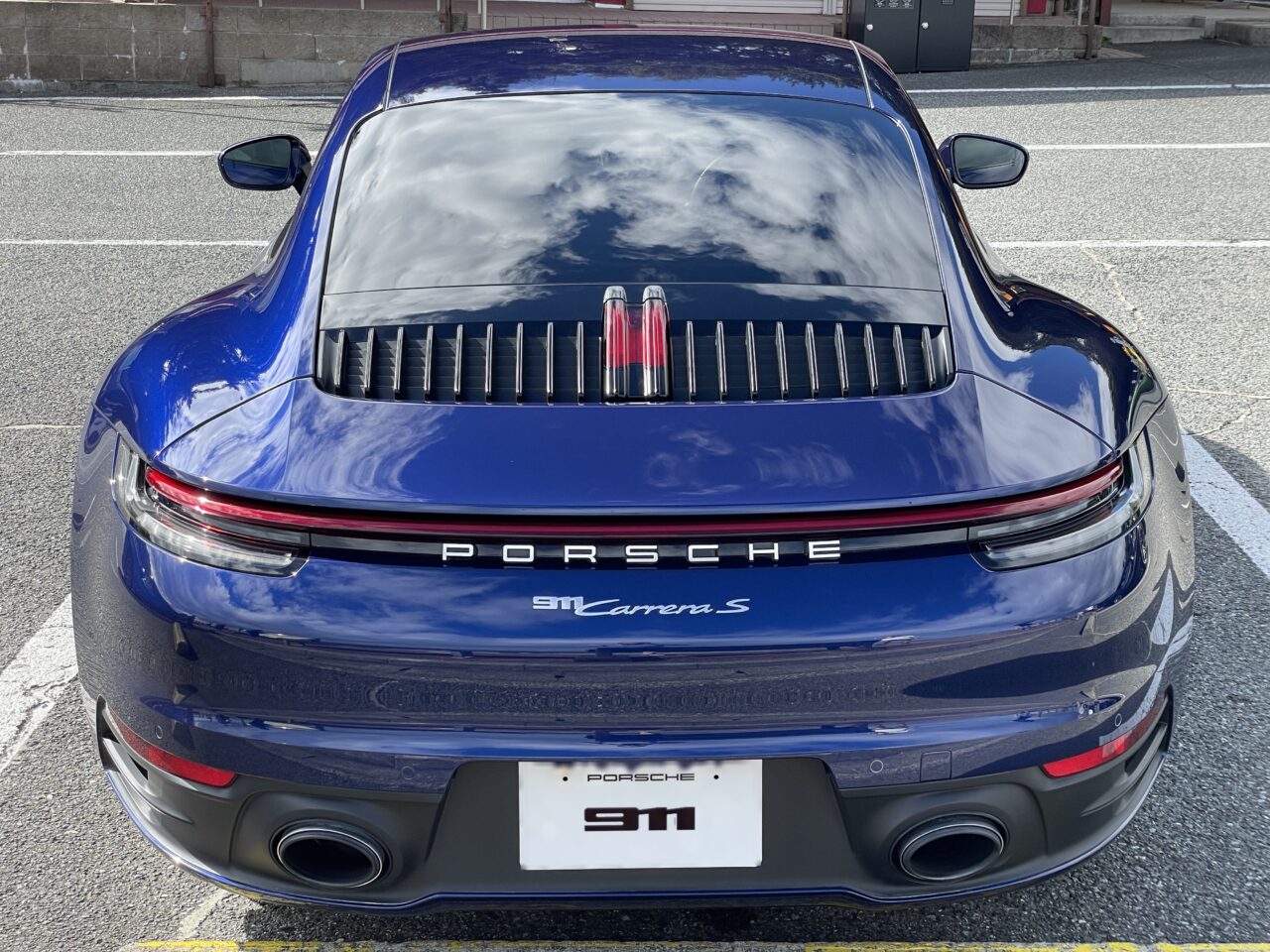
Gentian Blue really looks amazing
Whether to choose these options depends on personal preference and driving style.
Porsche is already fun to drive in its simplest form, but Porsche options are like seasonings in cooking. Some like strong flavors, others prefer light or just salt. I hope you find the perfect combination of options to create your ideal Porsche partner.
I hope this article helps you in that journey.
このブログが気に入ったらフォローしてね!


Comment ( 0 )
Trackbacks are closed.
No comments yet.